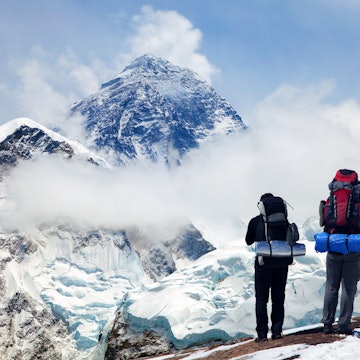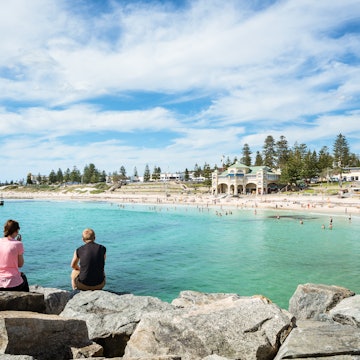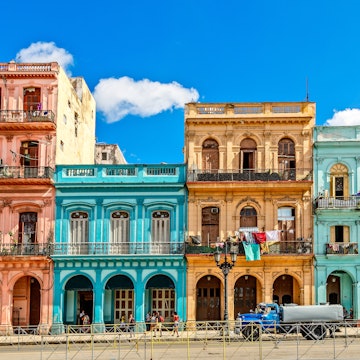
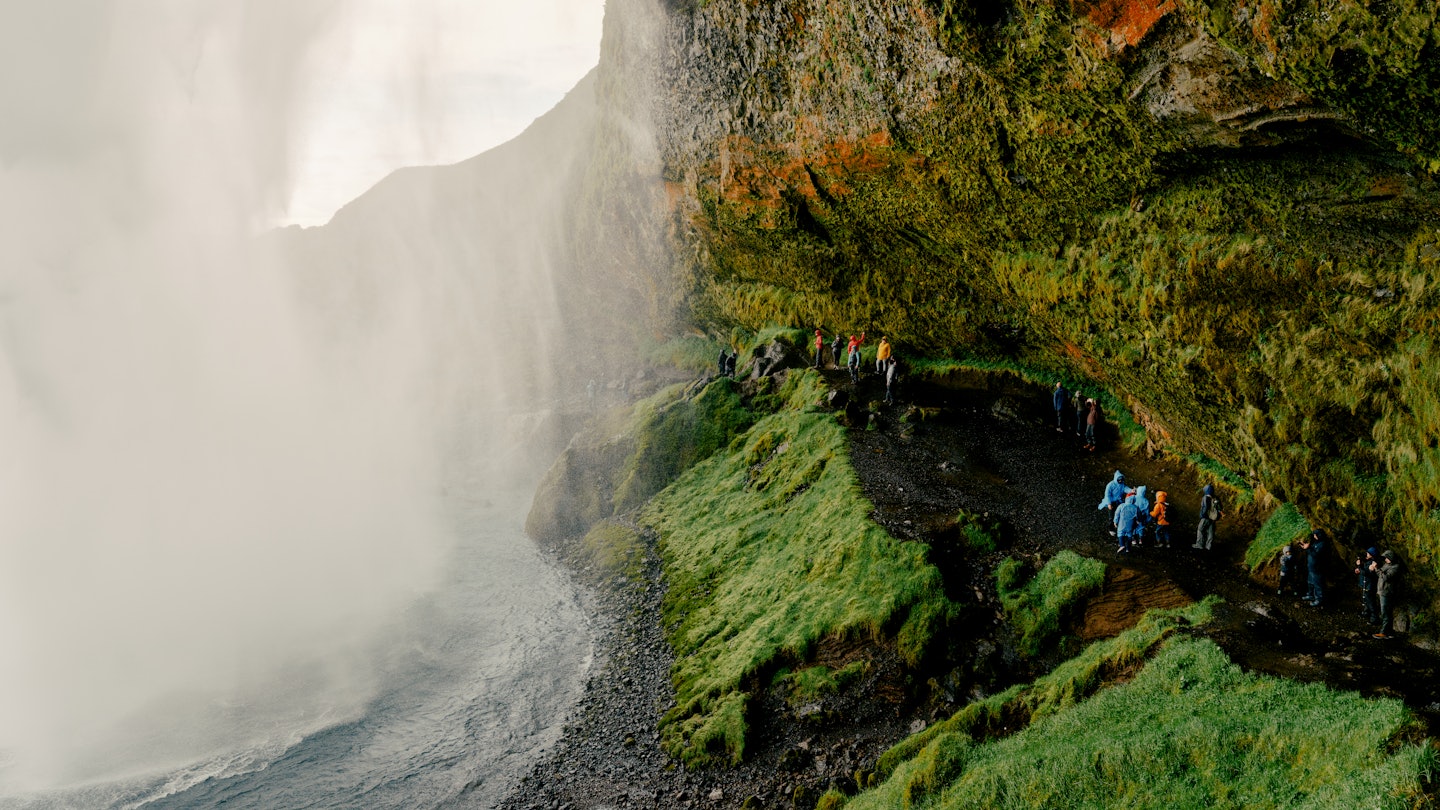
Seljalandsfoss Waterfall. Daniel Dorsa for Lonely Planet
Few destinations capture the imagination like Iceland.
This volcanic land of ice and fire, of glacier-carved fjords, of freely-roaming horses, feels like nowhere else on earth. Here, you can take a soak in geothermal baths and spas, delve into the history and legends of the Icelandic sagas, and explore otherworldly ice caves.
Iceland keeps visitors entranced for entire trips – and the memories linger for many years after. Experience some of that magic with these top things to do.
1. See the northern lights and other celestial phenomena
If luck is on your side on a winter visit to Iceland, you’ll spot green, purple and red ribbons flowing across the dark sky on a clear night. The northern lights are beautiful, powerful, hypnotizing; you can sense how small you are under the hue of a celestial phenomenon that dominates the heavens above. It’s best to follow forecasts, base yourself far from light pollution and be patient – or book a tour to up the odds. Learn more about the elusive aurora borealis at Perlan or the Northern Lights Center in Reykjavík.
There are other things to observe in the winter sky above Iceland, too. The Hotel Rangá observatory in South Iceland has a roll-off roof and two high-quality telescopes, bringing you closer to the stars, millions of miles away.
Planning tip: If you'd prefer to visit Iceland in the summer, the midnight sun provides for spectacular views, especially in the north. For the summer solstice (June 21), find a good location to observe the sun bouncing off the ocean surface. One idea is the Arctic Henge in Raufarhöfn, which was designed as a giant sundial to capture the midnight sun shining through perfectly aligned gateways.

2. Experience a rich history at Iceland’s living museums
Iceland revels in its history through numerous living museums that invite visitors to step back in time. You might bake bread over an open fire, listen to a story of ancient heroes and heroines, or swing a sword in an epic fight. You can step inside a replica longhouse at Eiríksstaðir in West Iceland or don VR goggles at 1238 – The Battle of Iceland to get an immersive taste of one of the country’s most fearsome battles.
Each summer, a historic marketplace near Akureyri gets brought back to life for the Gásir Medieval Days. Watch a blacksmith hammer a blade or smell scorched birch as it’s transformed into charcoal. See boiling herbs dye wool or have a witch tell your fortune with ancient runes. You can even test your skills with a bow and arrow, or help to egg a thief.
Planning tip: For more historic and mythic inspiration, check out the Icelandic Saga and Heritage Association.
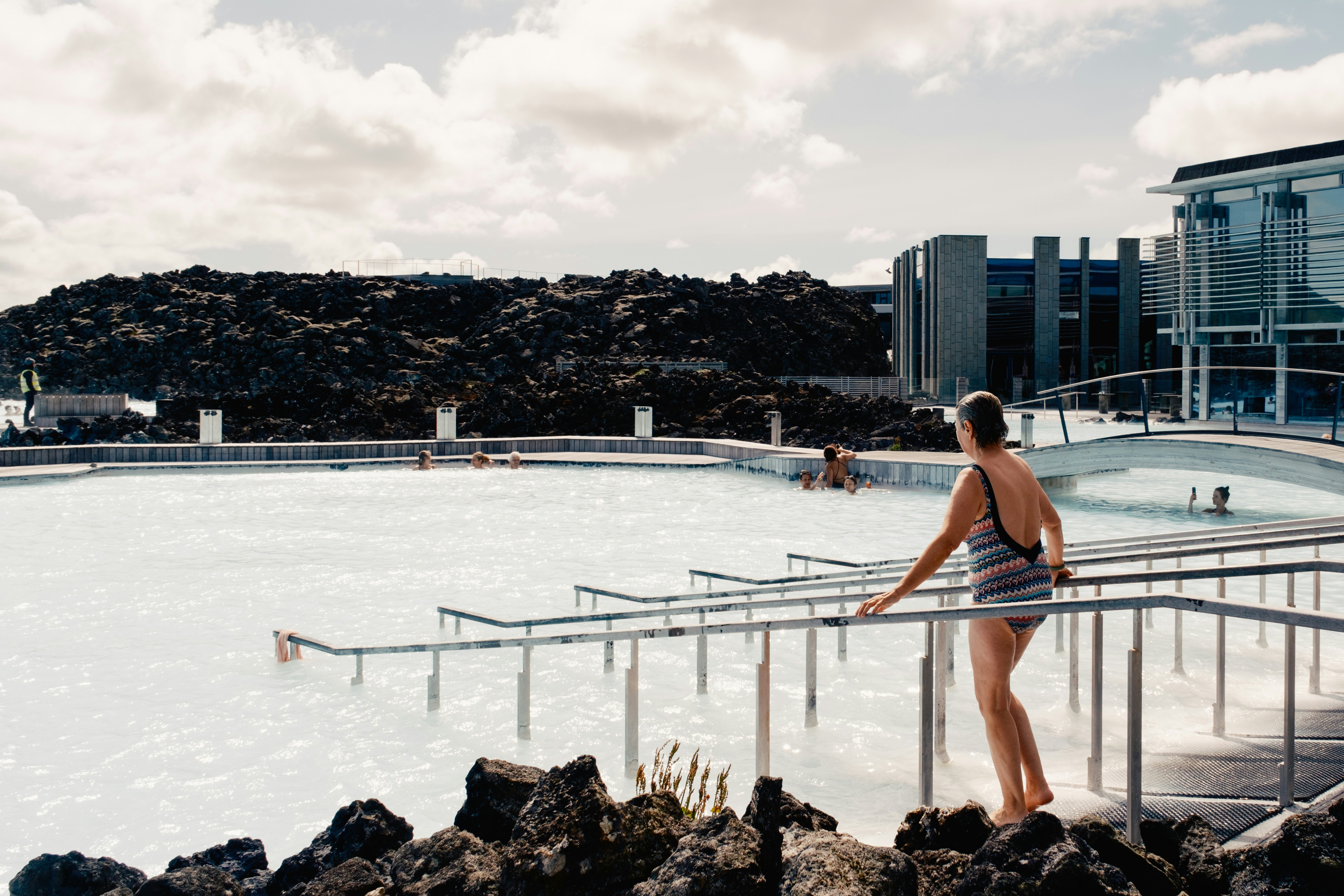
3. Have a soak at a geothermal bath or spa
For years, the high-end bathing market in Iceland was dominated by the Blue Lagoon. The milky blue geothermal seawater in the middle of a lava field is still ideal for jet-lag recovery (it helps that the site is 20 minutes from the airport). But in recent years, additional geothermal baths and spas have popped up, attracting visitors for their elegant architecture and stunning settings.
Mývatn Nature Baths in North Iceland overlooks Lake Mývatn and the surrounding bird-filled wetlands and volcanic landscapes. Situated on the banks of Lake Laugarvatn, Laugarvatn Fontana pipes in natural steam for its steam bath.
If you’re looking for solitude, the Canyon Baths by Húsafell include a guided hike through stunning Icelandic wilderness followed by a dip in the secluded geothermal pools. For Insta-worthy views, Geosea in Húsavík overlooks Skjálfandi Bay and its snow-tipped mountains. Vök Baths near Egilsstaðir features geothermal pools floating in Urriðavatn Lake. Relax in the two pools (with swim-up bars) surrounded by woodland at the Forest Lagoon just outside Akureyri. And right on the capital’s doorstep, Sky Lagoon in Kópavogur brings a fully Icelandic spa experience within reach for visitors to Reykjavík.
Local tip: Carefully follow all rules and respect etiquette at hot springs. Perhaps most important, you should always shower with soap before taking a dip.
Iceland Geothermal Pools
4. Hike or bike through stunning natural wonders
In summer, after the snow melts and the mud dries, Iceland reveals incredible hiking routes past stunning natural sites. Two of the most famous trails are Laugavegur, past multicolored mountains from Landmannalaugar to Þórsmörk (two to four days); and across Fimmvörðuháls, along a series of waterfalls from Skógafoss to Þórsmörk (one to two days). In the east, the Stórurð trail, which takes about five hours, takes hikers by turquoise ponds trapped by huge boulders. In the Westfjords, hiking in the uninhabited Hornstrandir Nature Reserve (one day or multiple days) provides a closer encounter with nature than most other places.
If you’d rather explore Iceland on a bike, popular trails include the geothermal valley Reykjadalur by Hveragerði, and the emerald-green landscape around Kirkjubæjaklaustur, where Iceland Bike Farm is based.

5. Explore Iceland’s caves
From ancient lava tubes to ever-changing ice caves and mysterious artificial spaces, Iceland has a range of underground adventures for everyone.
Between Selfoss and Vík in South Iceland lie some 200 man-made caves, carved into sandstone rock long ago. Though their origins remain mysterious, Irish monks (called Papar in Icelandic) are reputed to have created them before or around the time the first settlers arrived in the country, though this theory lacks archaeological evidence. Regardless, they’ve been intriguing visitors for almost 1000 years. Guided tours of 12 of these caves are available at Ægissíða by Hella farm.
Natural ice caves – fleeting, crystalized worlds of wonder – form in Vatnajökull, Europe’s largest glacier, due to geothermal heat or spring thaw; you can see them on a tour with an experienced guide. Alternatively, visit the artificial ice tunnel in Langjökull or the ice cave at Perlan in Reykjavík.
There are myriad large and small lava caves, tubes and tunnels around Iceland, too, all of which reveal surprising colors and formations, such as stalactites and stalagmites, that have formed over hundreds of years. Guided tours are offered in Víðgelmir near Húsafell, Iceland’s largest lava cave; Vatnshellir on Snæfellsnes; and Lofthellir near Lake Mývatn.
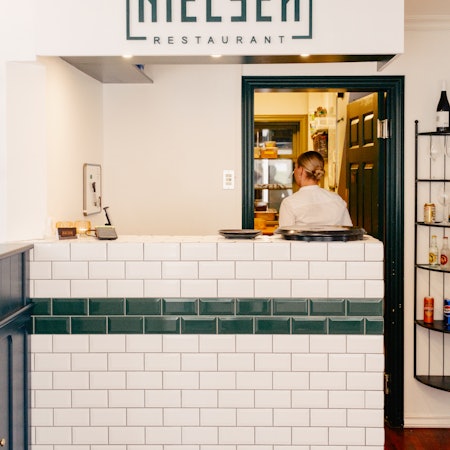
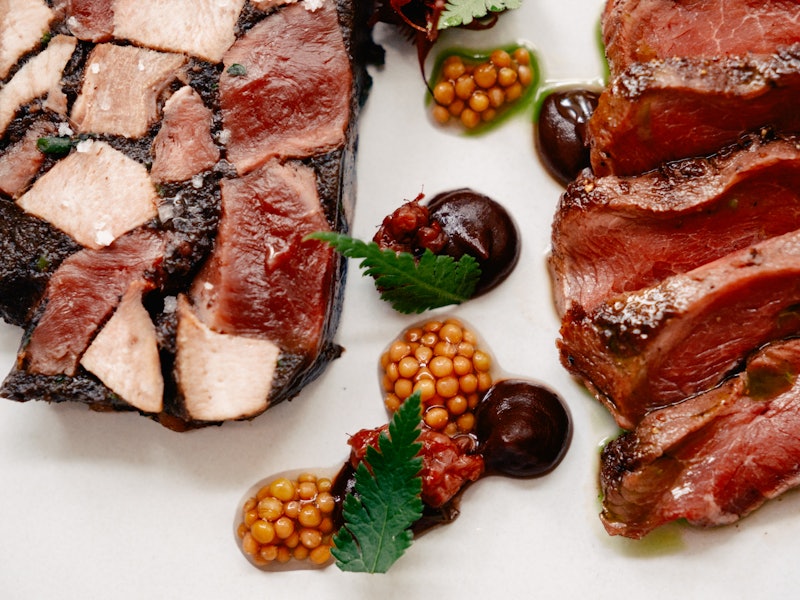
6. Try Icelandic fine dining
The Icelandic restaurant scene has come a long way in recent decades. Dill Restaurant earned the country’s first Michelin star in 2017 – and has since been joined by Óx in Reykjavík and Moss at the Blue Lagoon. Other top recommendations include Matur og drykkur, which emphasizes New Nordic dishes with fresh, local and seasonal ingredients, and Reykjavík’s Sümac, which draws inspiration from Middle Eastern cuisine.
Outside of Reykjavík, Nielsen Restaurant in Egilsstaðir deserves a special mention for its loyalty to East Icelandic food producers – highlighting local fish, meat, vegetables, grain and dairy – and its emphasis on game, including reindeer. For something unexpected, Norð Austur Sushi & Bar in Seyðisfjörður (open in summer only) combines the best of Japanese cuisine with the freshest Icelandic seafood.

7. Check out an active volcano – but check local information first
Iceland has some 130 volcanoes, with eruptions occurring every three years on average. Much of this volcanic activity takes place in the craters on the Reykjanes Peninsula near Keflavík International Airport. While the such displays (the most recent was in November–December 2024) can be spectacular, they create conditions that are extremely dangerous. Check Iceland’s Safetravel site before you set off chasing lava.
You can appreciate how volcanos have literally and figurative shaped Iceland in other ways. In 1973, the inhabitants of Vestmannaeyjar, an archipelago off the southwest coast, escaped an eruption that started unexpectedly in their town, burying houses in lava and ash. One of these houses is the centerpiece of the museum Eldheimar.
Iceland’s most active volcano, Hekla was once believed to be the entrance to hell, though it has been quiet since 2000. At 1500m (4920ft), it provides an interesting and challenging hike with a panoramic view from the top. At dormant Þríhnúkagígur, you can explore a volcano from the inside. From the crater rim, you’ll get lowered in a cage 213m (699ft) down an enormous chamber filled with amazingly colored rocks.
8. Have a night out in Reykjavík
For a country with comparatively high prices for alcohol, Reykjavík’s nightlife is fantastic. Happy hours usually begin at 4pm; cozy Port 9 and Veður are good places to start. For creative cocktails, head for Apótek and Slippbarinn, or find a spot on Petersen svítan’s rooftop bar, which is wonderful on sunny days. If pubs are more your thing, check out KEX Hostel and Röntgen, where there’s often live music.
Kaffibarinn and Prikið are good choices if you want to dance the night away. The crowd at Dillon always goes crazy when “rock ‘n‘ roll grandma” Andrea Jónsdóttir starts DJ-ing on the weekends. You’ll find a similarly joyful atmosphere at Kiki Queer Bar.
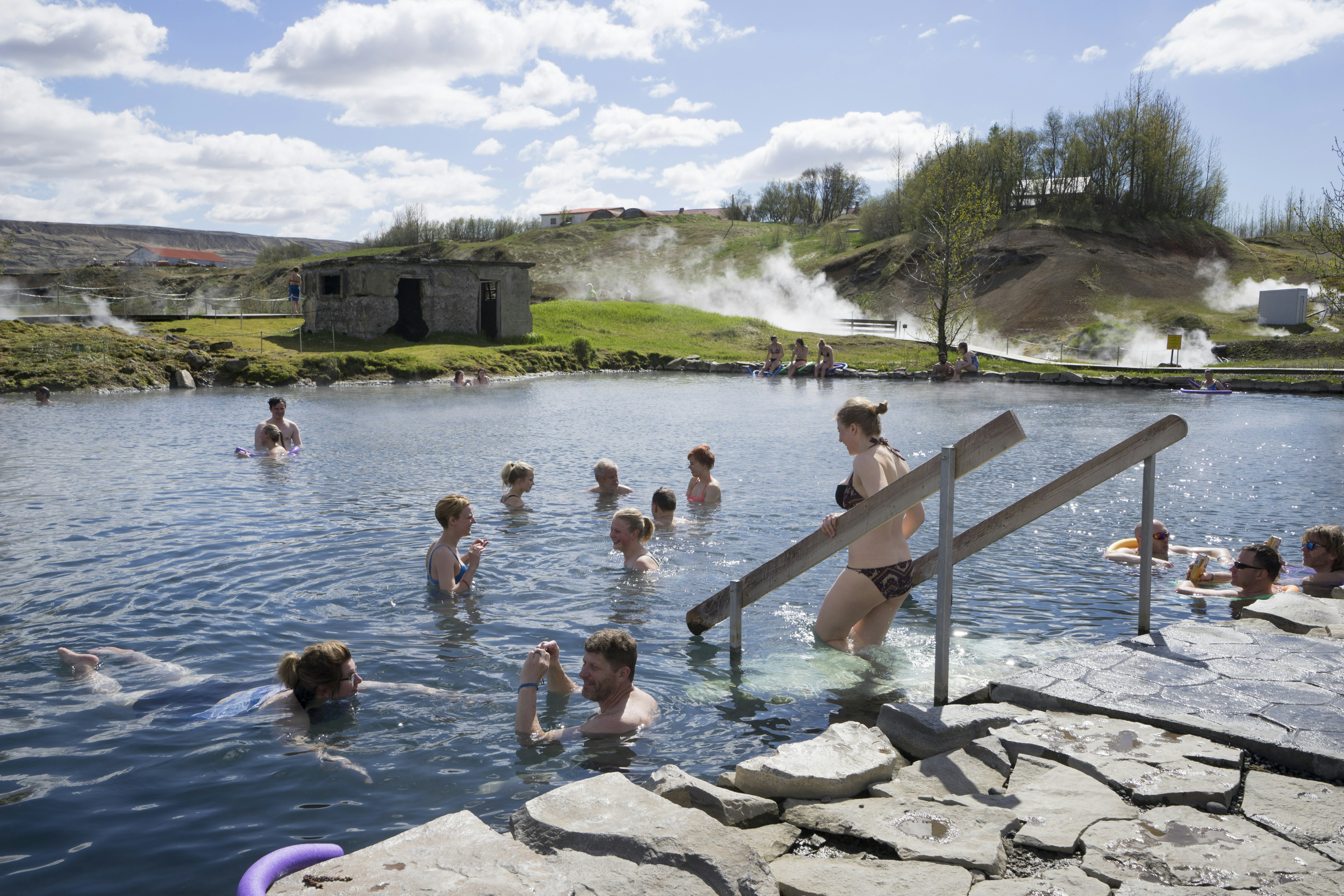
9. Take a budget-friendly swim with the locals
The best and most budget-friendly way to enjoy Iceland’s abundant geothermal energy is at public swimming pools. Practically every town and village has at least one: the water is warm and welcoming, lounging in the hot tubs is bliss and some of the views are worth the trip alone.
This is where the locals go to exercise, socialize and play with their kids. Pools that merit special attention include Álftaneslaug, for its wave pool; Sundlaug Akureyrar, for its thrilling waterslides; Selárlaug, for being next to a salmon river; and Hofsóslaug, for its amazing view of Drangey island.
10. Don’t sleep on Iceland’s snow sports
There are countless ways to enjoy the snowy season in Iceland. Ski resorts abound: near Reykjavík; at Ísafjörður, Neskaupstaður and Akureyri; and elsewhere in the north, you’ll find ski lifts and downhill runs of varying levels, as well as tracks for cross-country skiing.
The backcountry-skiing season lasts through May, with a range of tours on offer, including skiing from the mountaintop to the shore. Kaldbakur mountain by Grenivík is particularly popular among backcountry skiers; it’s even possible to hitch a ride with a snowmobile up the mountain.
If you’re not keen on skiing, you can take a thrilling sleigh ride down the mountain in a custom-made toboggan. At Lake Mývatn, you can book a ride with sleigh dogs. For a motorized, action-packed adventure, Ski-Doo tours are particularly popular on the glaciers in the west and south.
Local tip: If you’re looking for a slower-paced type of winter activity, snowshoeing might be your thing. It’s a joy to walk up mountains in the north or explore the black-and-white wonderworld of Dimmuborgir lava field.
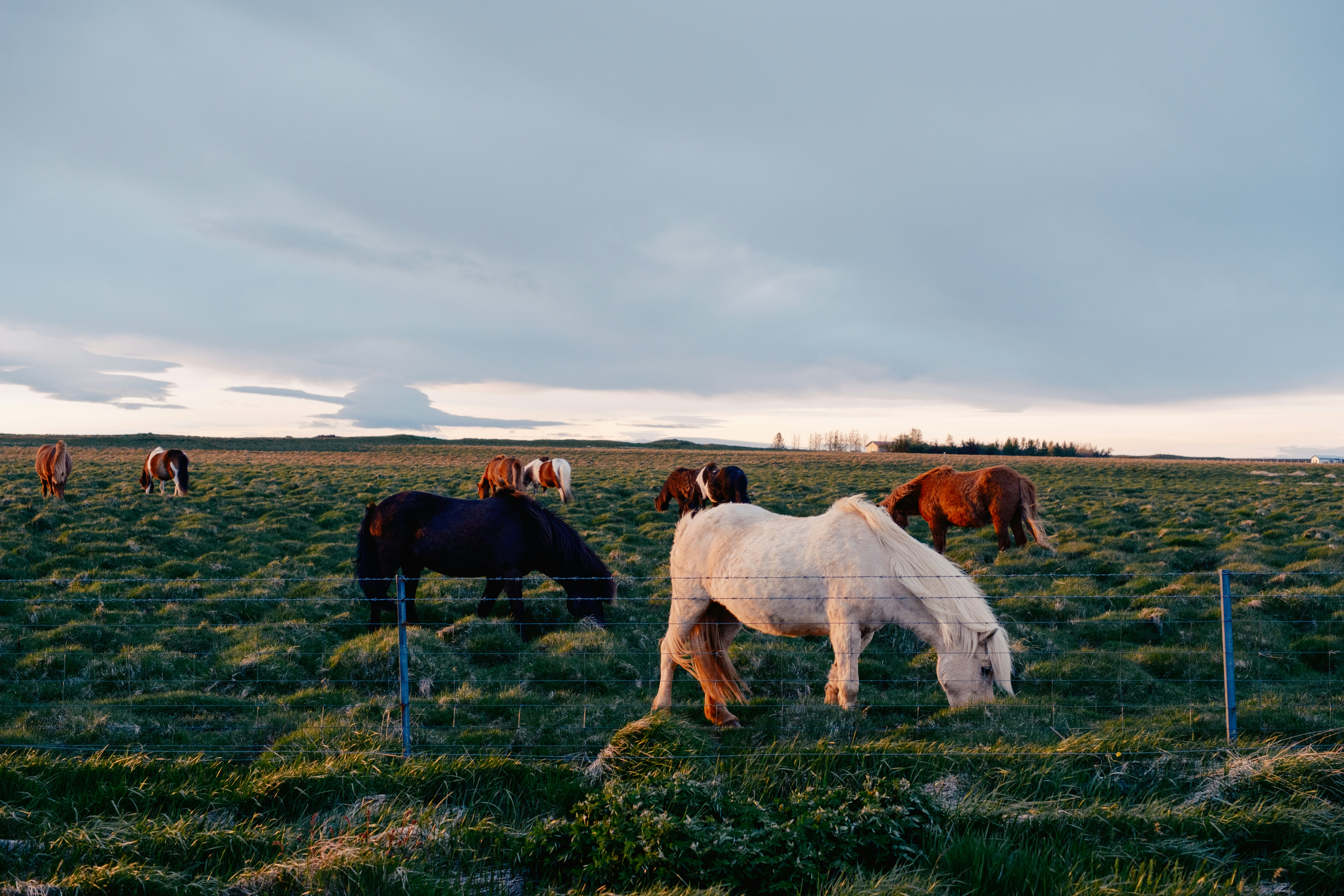
11. Ride Iceland’s unique horses
The Icelandic horse is one of a kind. The breed possesses two rare gaits in addition to the “regular” ones: a smooth tölt and fast-flying pace. For centuries, Icelanders have relied on the small, sturdy and colorful breed for farm work and carrying them vast distances in a roadless country. Today, the horses remain Icelanders’ most loyal companions, with more people practicing horsemanship in Iceland than in other European countries.
Riding on a good-tölting horse in the wild Icelandic nature is an experience like no other. Through the horse’s movements, you connect with nature in a new way, and you feel incredibly free as you gallop along narrow dirt paths or across shallow lakes. Tour operators offer anything from one-hour rides for beginners to multi-day tours for experienced riders in different regions of the country in varied landscapes.
Detour: One of the most popular horseback-riding treks is across the highland on the ancient route Kjölur.
12. Sample Icelandic craft beers
Since the local beer always says something special about a place you're visiting, you can add a new, frothy dimension to your Iceland trip at the country’s surprisingly high number of microbreweries. The craft beer scene is relatively new in Iceland; the first microbrewery, Bruggsmiðjan, was founded in the tiny village of Árskógssandur in North Iceland only in 2006. Its product, Kaldi, proved a hit – and in the years that followed, a growing variety of craft beers appeared on the local market.
Among the most noteworthy breweries in the greater Reykjavík area are Malbygg, RVK Brewing and Lady Brewery. There are also breweries in the rural south, in Vestmannaeyjar off the south coast, in Siglufjörður in the far north and Ísafjörður in the Westfjords.
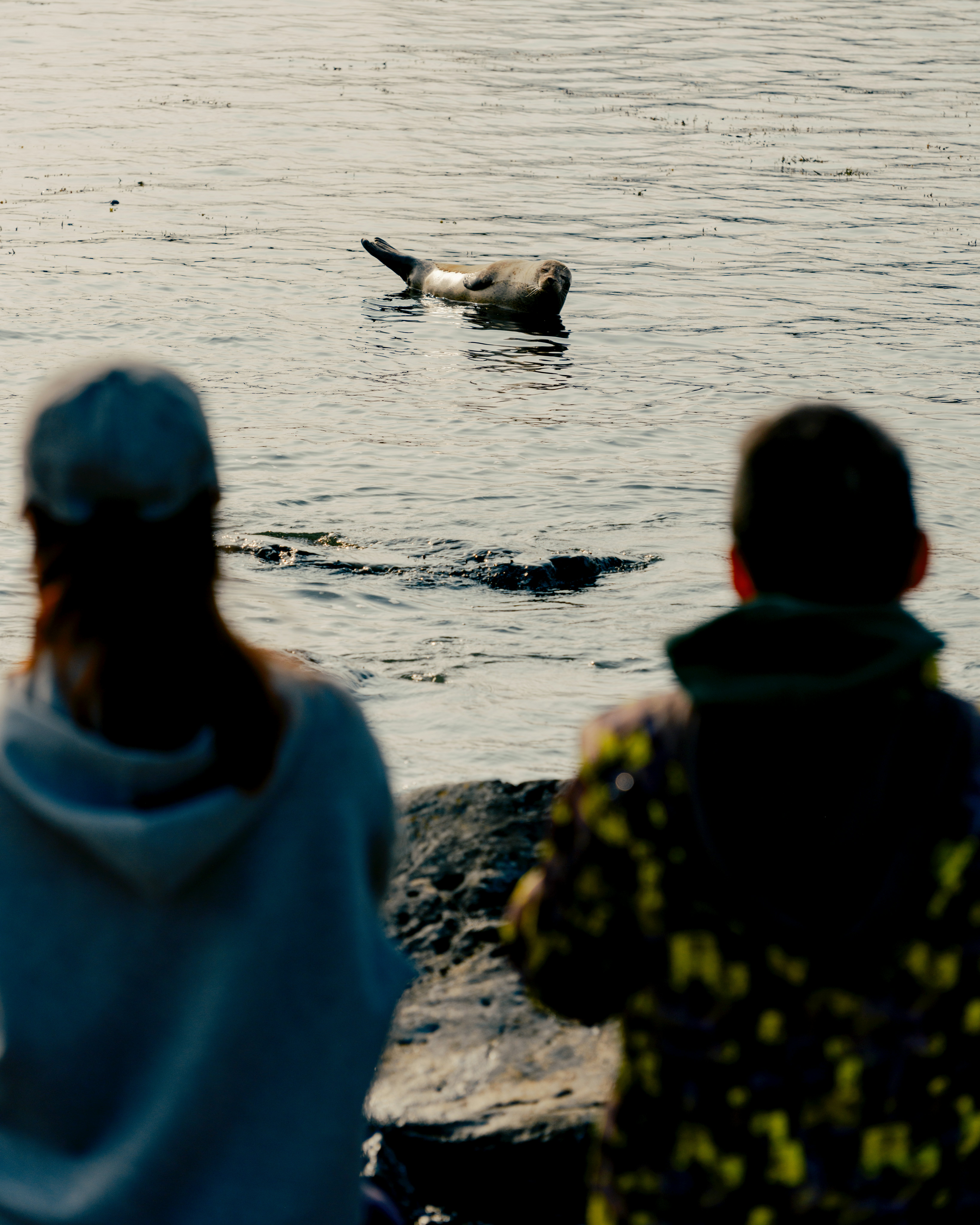
13. Get out on the water to see whales and seals
When you’re out on the open ocean, feeling the salty air and wind in your hair, you sense a special kind of freedom. If you’re paying attention, you might see seabirds catch fish or even a blowing whale. Húsavík is the best place to go whale-watching in Iceland, with many tours on offer and a high sighting ratio – even blue whales are occasionally seen here. Tours also go from Hauganes and Reykjavík, while seal-watching tours depart from Hvammstangi (observing these curious creatures sunbathe in their natural habitat is simply delightful). Operators in Dalvík and Akureyri also take hopeful whale spotters out on daily excursions.
Alternatively, you can sign up for a sea-kayaking tour for a slower and more intimate exploration of coastal regions; you’ll find operators in Stykkishólmur and Ögur in Ísafjarðardjúp, among other places. Paddle boarding is also becoming a popular activity in Akureyri. From Ólafsfjörður, Jet Ski tours allow people to experience the vertical cliffs of Ólafsfjarðarmúli from below.
Detour: For experiences below the surface, Strýtan DiveCenter takes experienced divers on tours to a unique geothermal chimney on the ocean floor of Eyjafjörður. At Grímsey island, people can dive and snorkel with puffins right on the Arctic Circle.
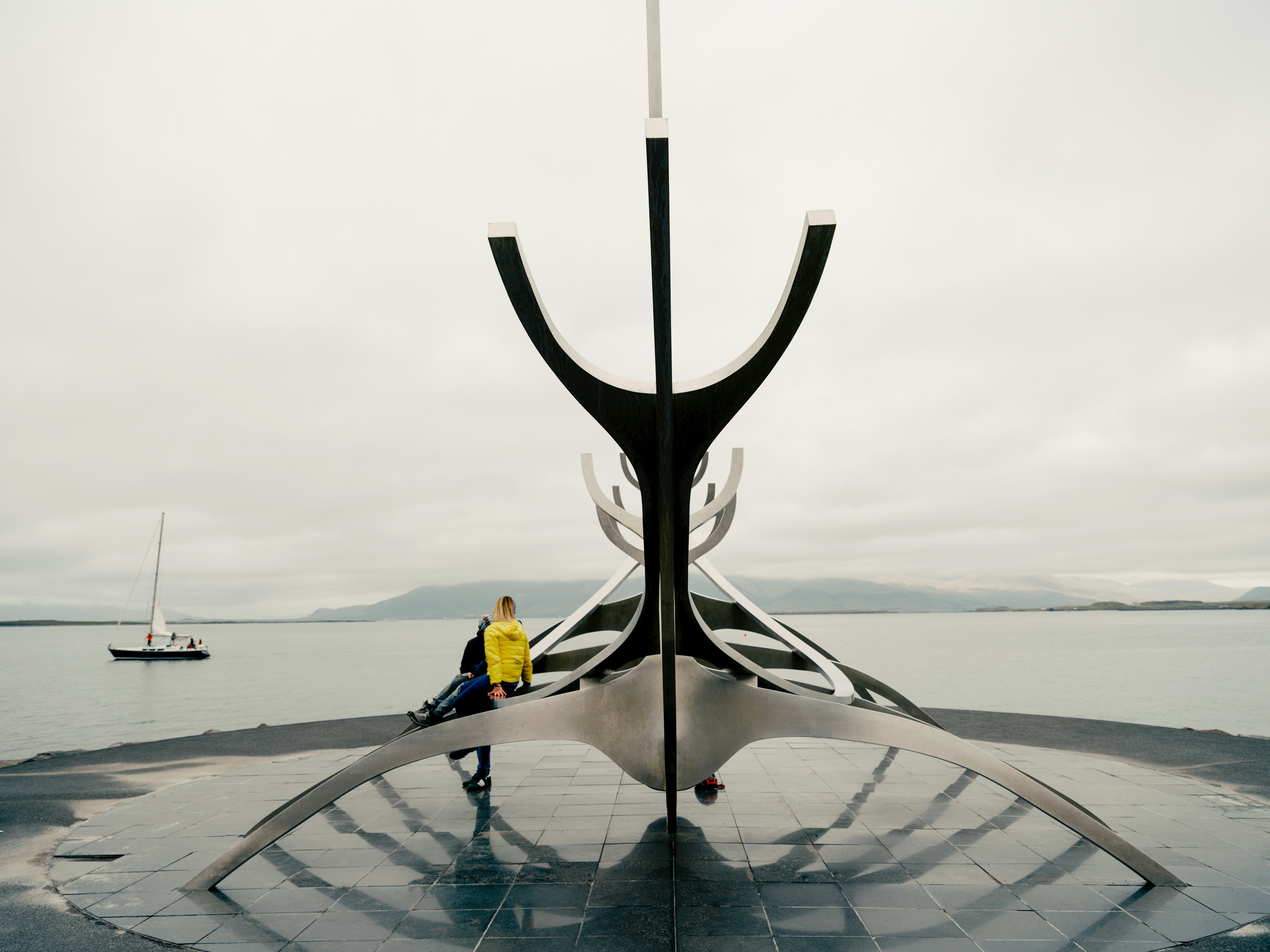
14. Follow Reykjavík’s outdoor art trail
Combine a walking tour of Reykjavík with a “treasure hunt” as you seek out as many outdoor artworks as possible. The Viking ship sculpture Sólfarið (Sun Voyager) by Jón Gunnar Árnason is a given. But fewer tourists pay attention to Vatnsberinn (The Water Carrier) by Ásmundur Sveinsson in the heart of downtown, or Útlaginn (The Outlaw) by Einar Jónsson on the corner of Suðurgata and Hringbraut – works by two of Iceland's most famous sculptors.
Þúfa (The Tussock) is a more recent addition to the capital’s outdoor art scene and has quickly become a landmark. The 8m-high (26ft-high) grassy mound in the Grandi harbor area was created by Ólöf Nordal in 2013, inviting visitors to walk to the top for a view of the city. Outside Reykjavík, Eggin í Gleðivík by Sigurður Guðmundsson depicts in three dimensions the eggs of 34 species of birds that nest around Djúpivogur. In Seyðisfjörður, Tvísöngur is a fascinating musical sculpture by German artist Lukas Kühne.
Local tip: Download the multi-language Reykjavík Art Walk app (for iOS or Android) to learn more about the arty side of Iceland’s capital.










